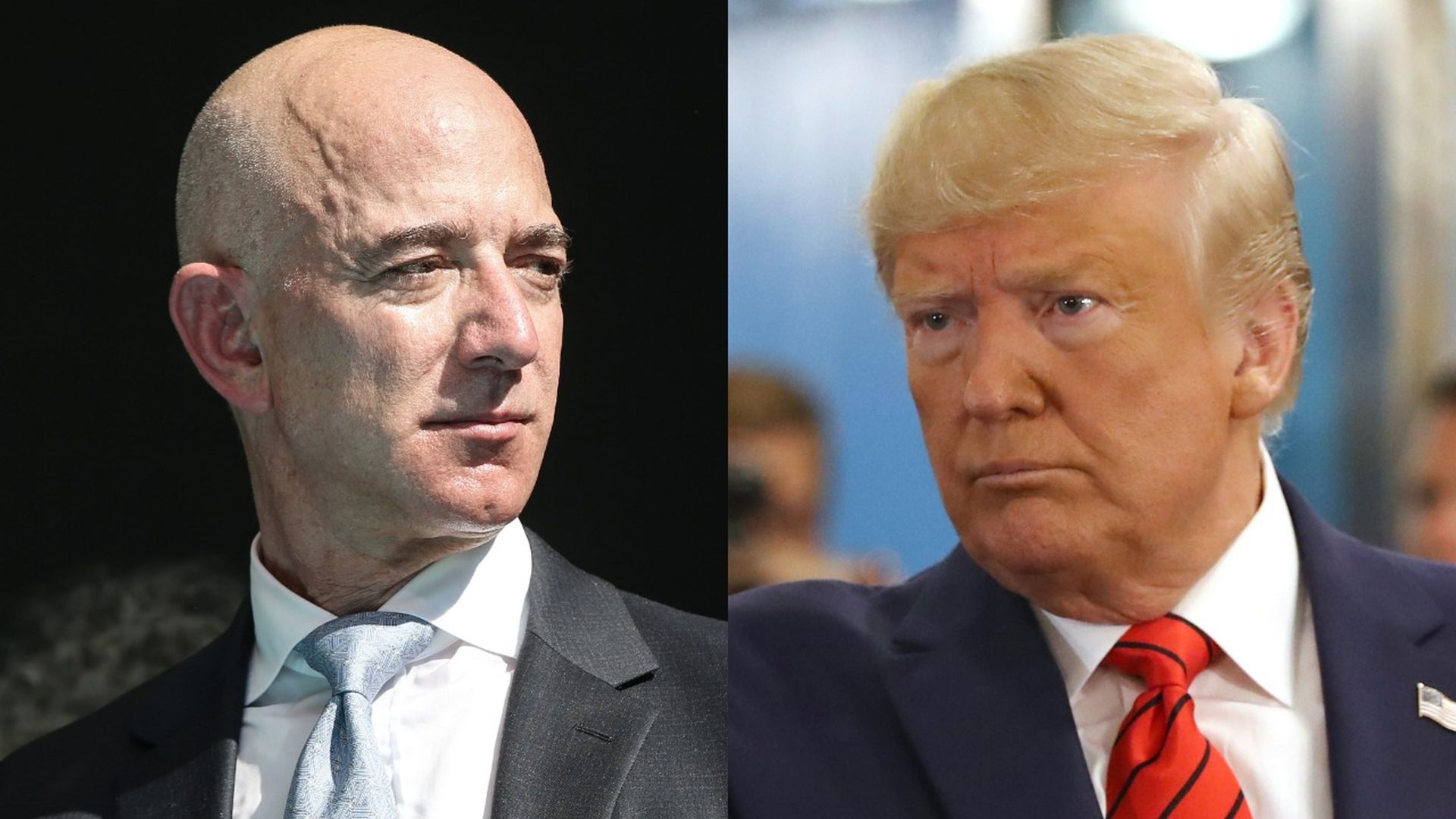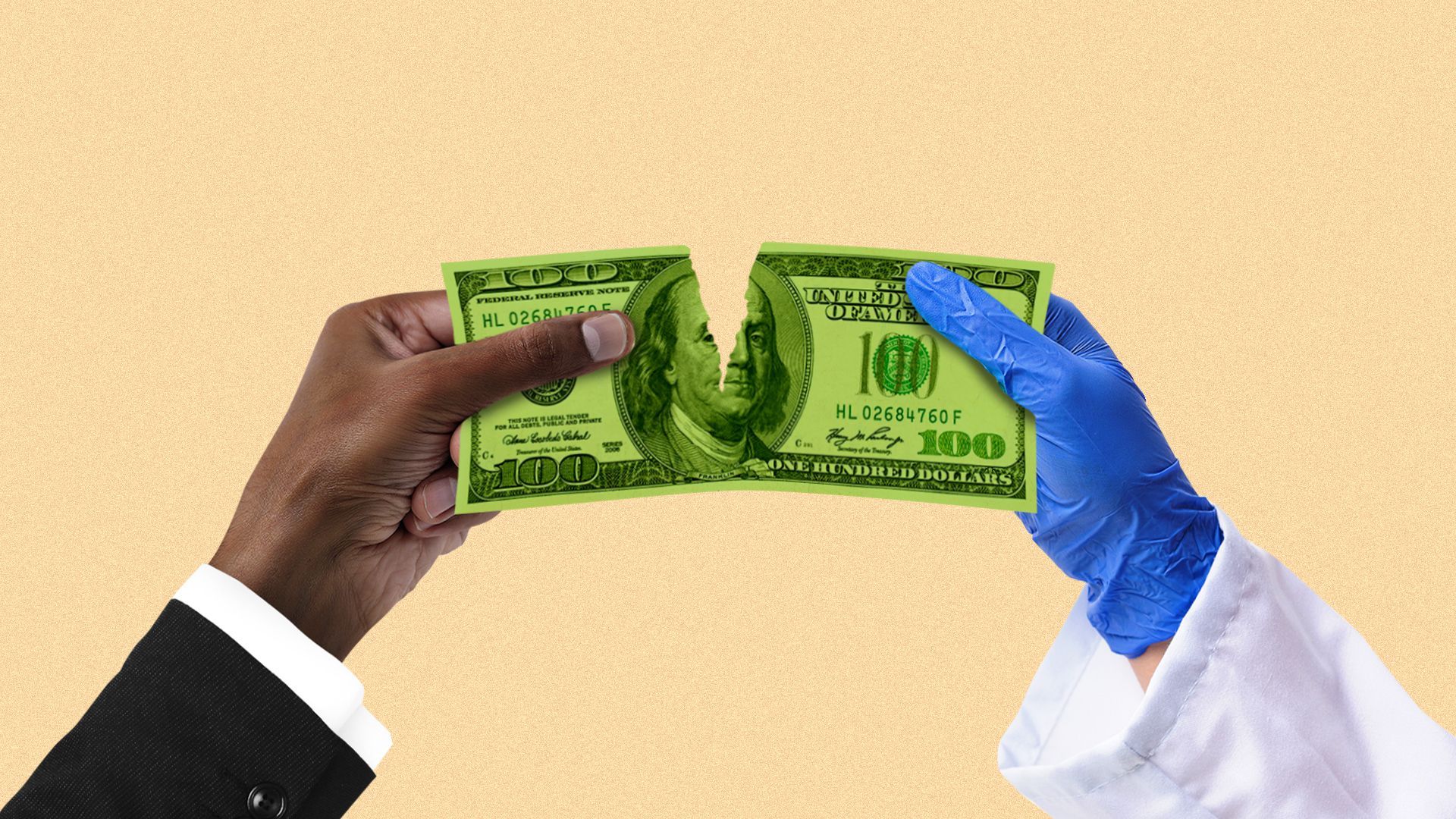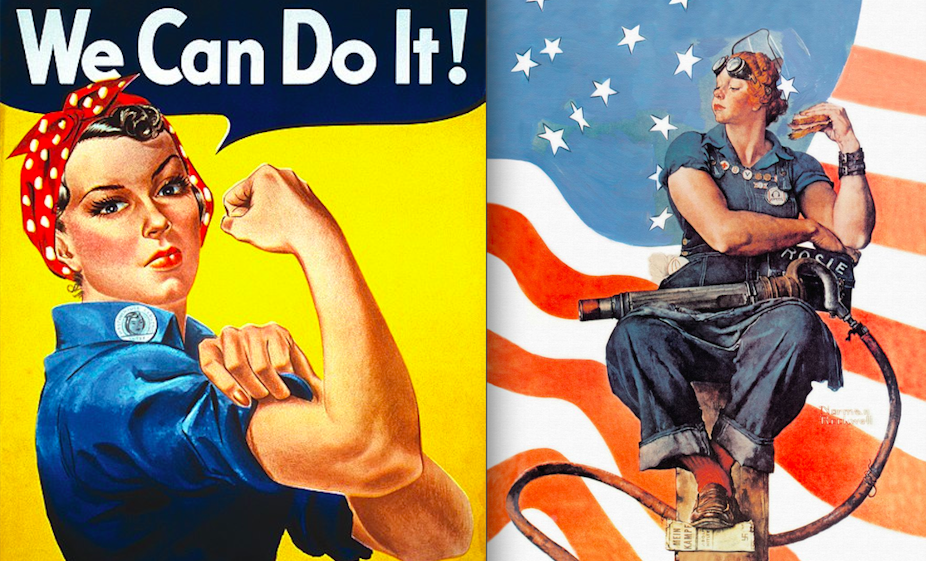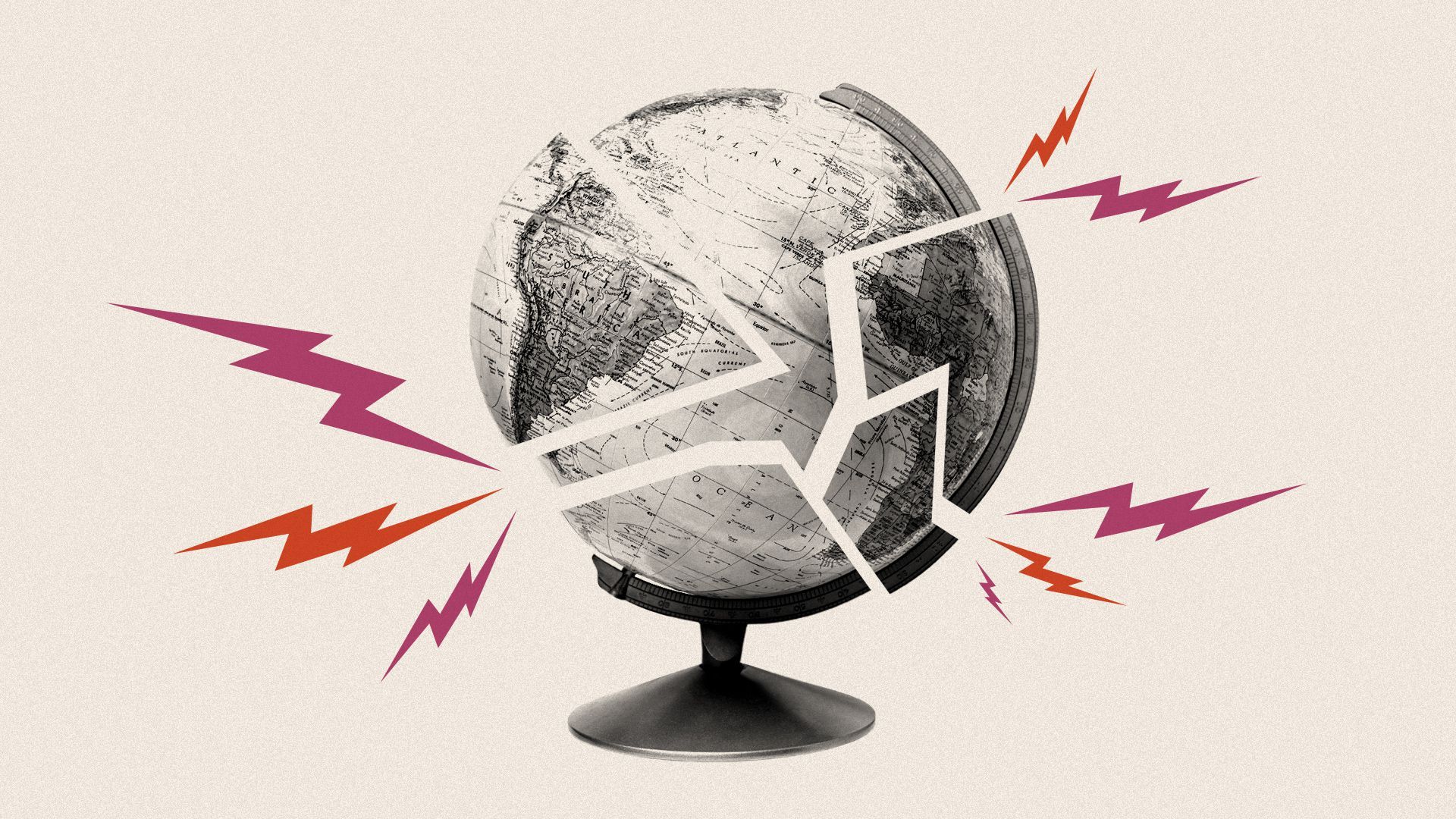Researchers Uncover New Evidence That Warrior Women Inspired Legend of Mulan
Nearly 2,000 years ago, women who rode horseback and practiced archery may have roamed the steppes of Mongolia
:focal(400x182:401x183)/https://public-media.si-cdn.com/filer/b3/e6/b3e66faf-c0e7-4ac7-8ac7-539e8cc0d228/mulan_18th_century_ink_and_colors_on_silk.jpg)
An 18th-century ink rendering of Hua Mulan on silk (Public domain via Wikimedia Commons)
By Katherine J. Wu SMITHSONIANMAG.COM APRIL 29, 2020
Mulan, a woman warrior who disguised herself as a man to fight in her father’s stead, has found most of her fame through fiction, perhaps most notably in the 1998 animated Disney film of the same name. But the legend of this Chinese heroine is likely rooted in truth: Hints of her existence—or at least the existence of women like her—are scattered throughout history. And now, a team of researchers may have homed in on a crucial cache of clues.
As Colin Barras reports for New Scientist, scientists have found physical evidence that female warriors once rode across the steppes of what is now Mongolia, wielding bows, arrows and other weapons that left traces of physical exertion on their bones.
So far, the remains appear to be rare, and they don’t point specifically to a person who bore Mulan’s name. But their chronological placement in history—around the fourth or fifth century A.D.—fits the bill for her story and, according to California State University, Los Angeles, anthropologists Christine Lee and Yahaira Gonzalez, may have served as inspiration for the legend that has lasted the millennia since.
The first historical mention of Mulan dates back to at least 1,500 years ago, when a folk song called The Ballad of Mulan was popularized during China’s North Wei Dynasty, according to Ancient Origins. Its heroine, a young woman named Hua Mulan, steps in for her old, ailing father, taking on the identity of his son by donning the traditional clothes of men and joining the emperor’s army. Though variations on the tale splinter in their endings, Mulan achieves success on the battlefield in just about all of them, becoming a leader among men who, in several iterations, never discover her true gender, write Gisela Sommer and Teresa Shen for the Epoch Times.
Though this story has been written, recorded, remixed and even Disneyfied many times over, scientists have struggled to pin down archaeological evidence that Mulan was real. Some suspected that the character had been fashioned as a fictional paragon of ancient women warriors—perhaps belonging to the Xianbei, an ancient nomadic people who conquered and controlled northern China from 386 to 534 A.D. But if these individuals existed, many reasoned, they would have been few and far between./https://public-media.si-cdn.com/filer/f8/d8/f8d864c1-63cf-415a-9d35-044631b0ce74/_gathering_gems_of_beauty_.jpg)
/https://public-media.si-cdn.com/filer/f8/d8/f8d864c1-63cf-415a-9d35-044631b0ce74/_gathering_gems_of_beauty_.jpg)
Hua Mulan, as depicted in the album Gathering Gems of Beauty(Public domain via Wikimedia Commons)
That’s why Lee and Gonzalez were surprised when they stumbled across two female Xianbei skeletons unearthed in modern-day Mongolia. Both bore familiar marks on their bones—ones traditionally attributed to strenuous activities like horseback riding and archery. The findings stem from a re-analysis of previously discovered remains found at 29 ancient burial sites, and may have been missed by colleagues in the anthropologists’ male-dominated field of study, Lee tells Jennifer Ouellette of Ars Technica.
Three groups were represented among the skeletons: the Xiongnu, who dominated the region 2,200 years ago; the Xianbei, who displaced the Xiongnu around 1,850 years ago; and the Turkic people, who successively occupied the Mongolian steppes beginning around 1,470 years ago.
Markings on the three female Xiongnu skeletons hint that these women may have occasionally practiced archery or ridden horses, while their Turkic counterparts dabbled only infrequently in the latter activity. Two of the three Xianbei women in the mix, on the other hand, stood out as seasoned riders and possibly skilled fighters, suggesting to Lee that they may have been more battle-ready than some of their peers.
“Perhaps everybody was needed to defend the country” at a time of great sociopolitical turmoil, Lee tells New Scientist. If these women truly were Xianbei, they would have lived through the tumultuous and violent era following the end of the Han dynasty in 220 A.D.
Lee and Gonzalez have yet to publish their work in a peer-reviewed scientific journal. Prior to the COVID-19 pandemic, they had planned to present their analysis at a now-canceled meeting of the American Association of Physical Anthropologists, according to New Scientist.
Still, finding even hints of these warrior women is encouraging, Lee tells Ars Technica.
“It’s a small sample size, only 29 burials, and there are two women who fit the bill,” she says. “That’s actually a lot. I didn’t expect to find any.”
Written records of warrior women pepper history—and though they’ve often been passed over, Lee thinks it’s high time someone went looking for more physical evidence. If someone like Mulan existed, she almost certainly wasn't alone.
“If there are all these stories, then why hasn’t anyone ever found these women?” Lee tells Ars Technica. “It’s only because nobody was looking. I thought it was time to look.”
/https://public-media.si-cdn.com/accounts/headshot/10172852_10152012979290896_320129237_n.jpg)
Katherine J. Wu is a Boston-based science journalist and Story Collider senior producer whose work has appeared in National Geographic, Undark magazine, Popular Science and more. She holds a Ph.D. in Microbiology and Immunobiology from Harvard University, and was Smithsonian magazine's 2018 AAAS Mass Media Fellow.

























